Montrose’s 462-year-old golf links have lost seven metres of coast in a year.
And experts predict climate change could accelerate the threat to the world’s fifth oldest course – as well as the town beyond.
The horrifying statistics have put fresh urgency into the fight to save the dunes from the North Sea’s destructive power.
For several years Montrose has been one of the key locations in a Dynamic Coast study of communities at risk around the country.
And recent storm events have served to expose the gravity of the situation.
Major impact of storms in late 2023
Storm Babet in October and Storm Gerrit two months later claimed another three and a half metres of coast.
It brought a warning that Angus Council’s “hold the line” approach could not stop the elements.
Now, an expert report has revealed the dramatic disappearance of the dunes.
The Envirocentre study also pinpoints the high risk parts of the course.
Those include the second tee and third fairway.
Former Montrose links chairman John Adams told the BBC: “It was envisaged we’d lose maybe one metre, maybe 1.5 metres, per year but we’ve just lost seven metres in one year.
“If we lose another seven metres it is on the middle of the fairway. In a decade it is gone and, if it keeps coming, it will go into the town.
“The third tee was moved in 2017 but that has already gone.
“What’s happening here is literally reshaping the map.”
£440k to combat Montrose coastal erosion threat
In late January, the Scottish Government announced £440,000 of funding to Angus Council.
The authority will use it to bring sediment material onto the beach at Montrose.
“It will be used to reshape and rebuild the dunes at the worst areas of erosion and be the first phase of works to provide long-term beach nourishment,” said a spokesperson.
Environmental screening and the options for sourcing the required material are continuing.
But the money spent so far is a drop in the ocean compared to what could be required to protect the town.
A so-called sand engine is a potential solution.
It creates an offshore sand island to feed the dunes over time.
But a two-kilometre Netherlands sand engine of 21.5 million cubic metres cost £60million to construct more than a decade ago.
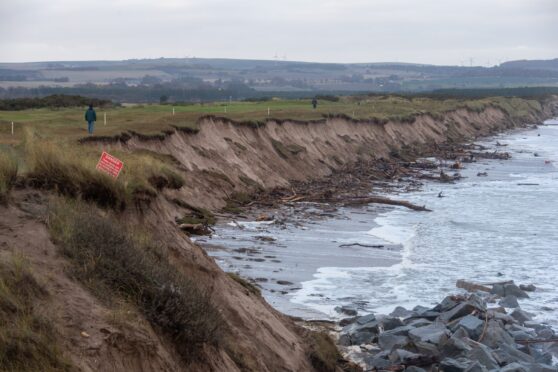
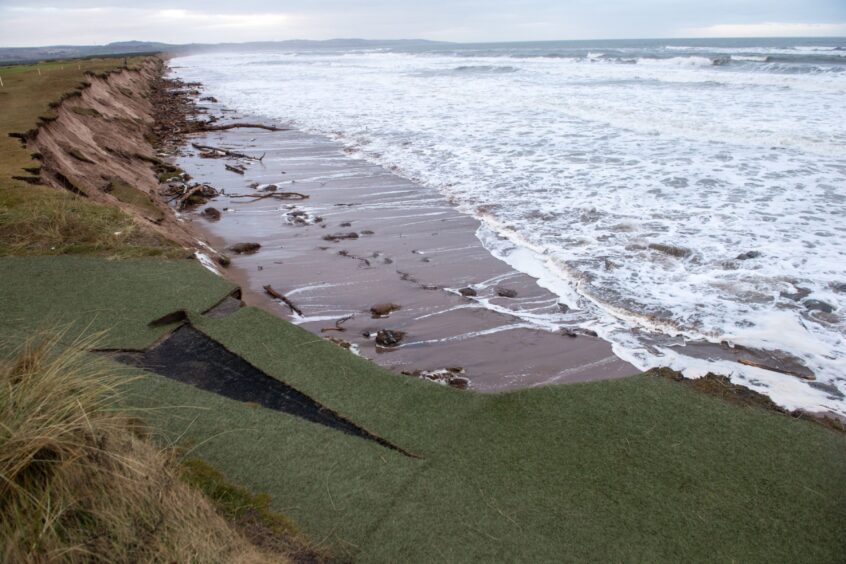
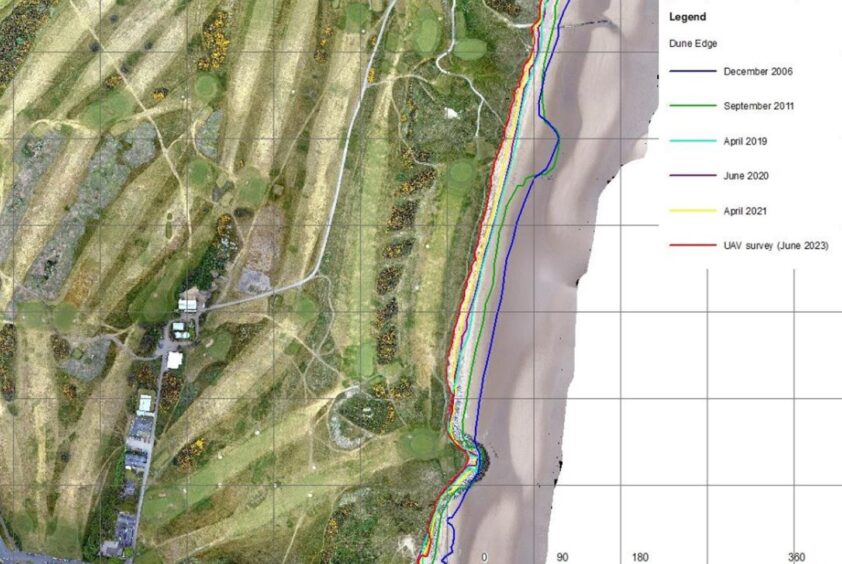
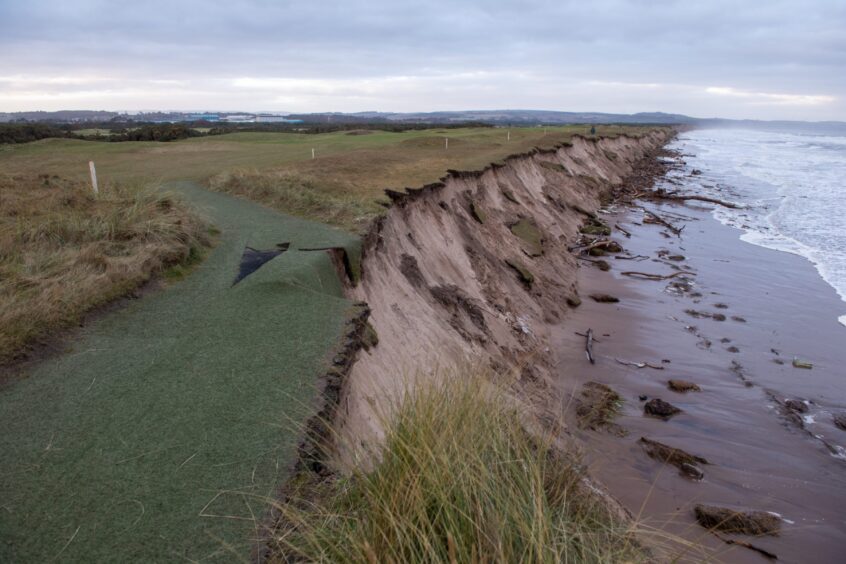
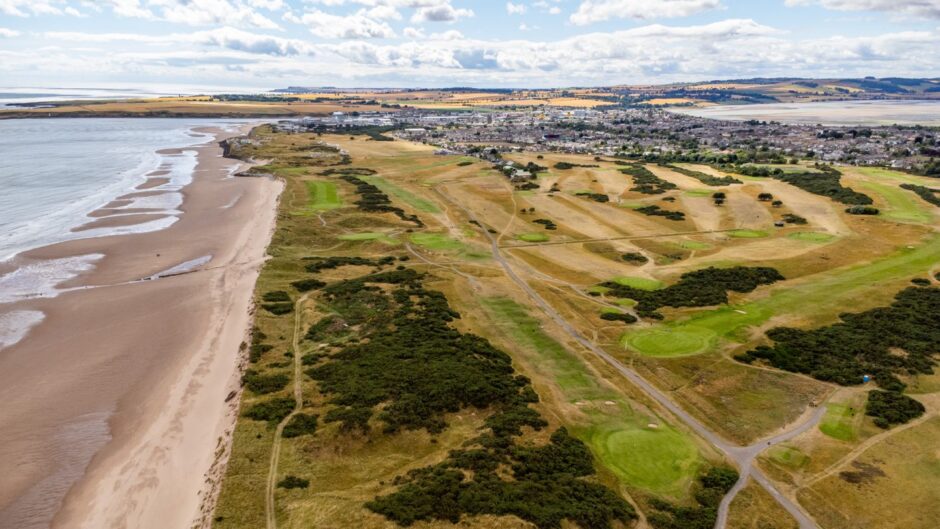


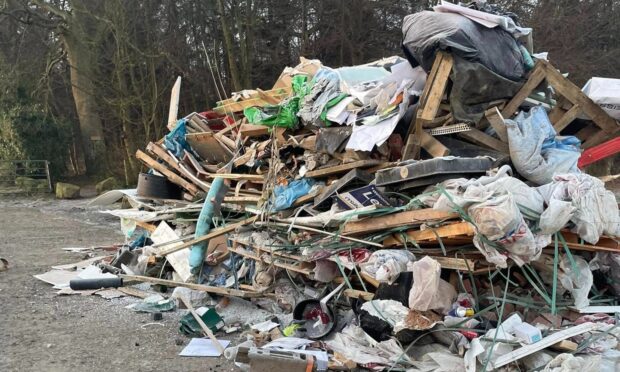

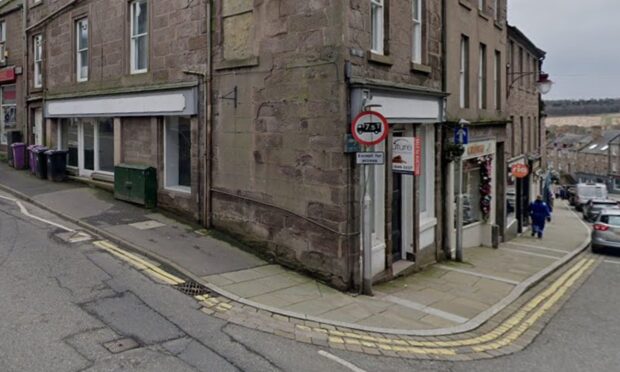





Conversation